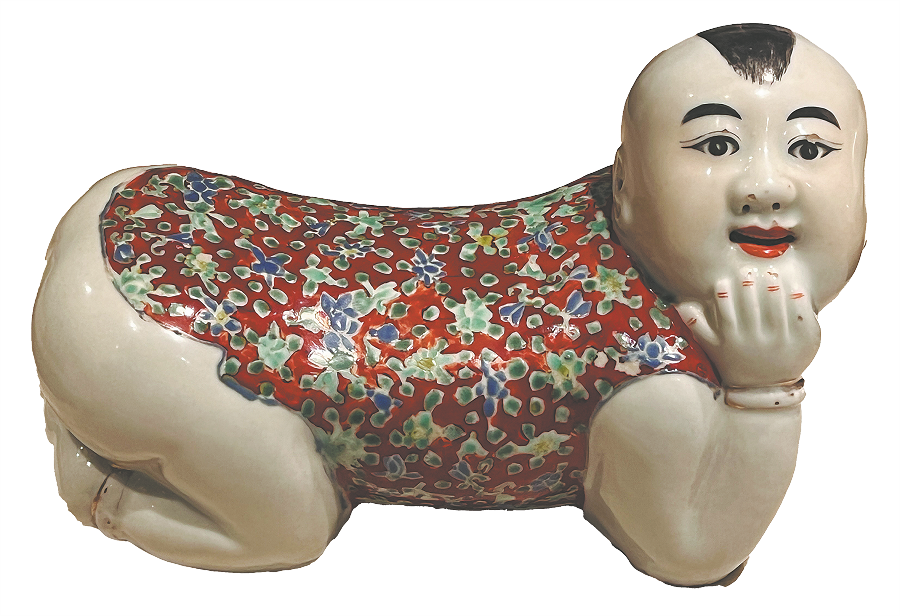

An exhibition examines what nighttime head rests say about social development in ancient times, Qin Feng and Chen Meiling report.
A tiger on its stomach. A reclining woman. A lion with her cub. A bare-bottomed boy resting his chin on his hand. Some are cubes. Some are round. And some are polygons. Most are porcelain. An ongoing exhibition in Baoji, Shaanxi province, shows how pillows can be much more than just places to put our heads while we sleep.
The exhibition, which runs until April 10, displays 121 ancient pillows from the Western Han Dynasty (206 BC-AD 24) until early 20th century. It's co-organized by the Baoji Bronze Ware Museum in Shaanxi and the Nanyue King Museum in Guangzhou, Guangdong province.
In ancient China, pillows demonstrated aesthetic sensibilities and conveyed good wishes. Cat-shaped pillows, for instance, symbolized hopes that a couple would enjoy good health while growing old together. Ceramic pillows shaped like babies signified fertility. And so on.
"These pillows, made using various materials and designs, are not just daily items but also artistic creations with cultural and historical value," says Guo Jing, director of the exhibition department of the Baoji Bronze Ware Museum.
"They show vivid social scenes from different periods and interesting folk cultures, and contain memories of the past. We hope that these relics help visitors enter the world of the ancients," she says.